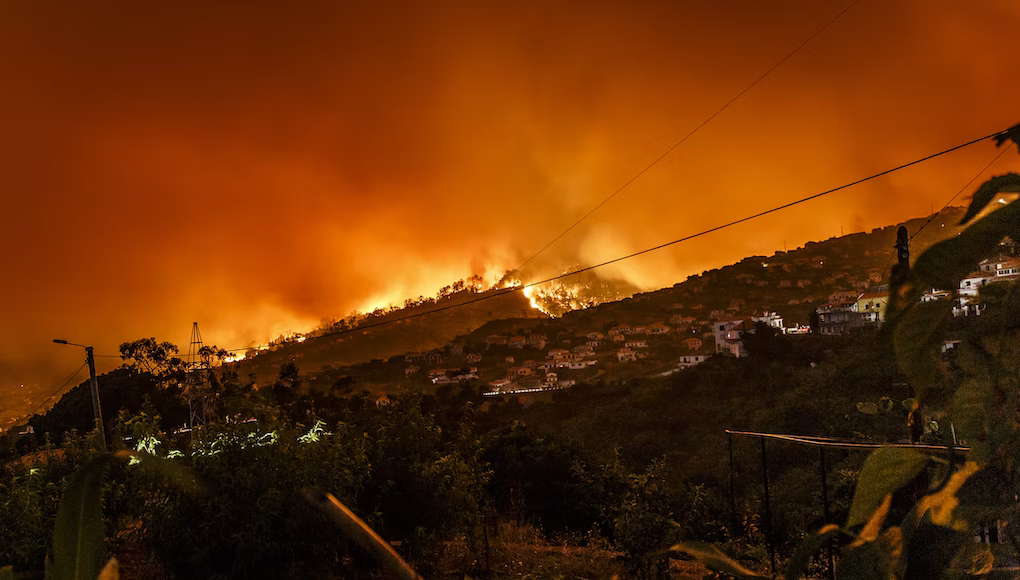· 5 min read
In October, The International Civil Aviation Organization (ICAO) announced a new climate commitment for the international airline industry: net-zero by 2050. However, concerns have been raised about how the airline industry plans to reach this goal – specifically its reliance on carbon offsets.
Offsets are controversial. In general, they are intended to counterbalance a firm’s carbon footprint through investments elsewhere. These may be projects which mitigate future emissions (such as building a wind farm), or investments which remove carbon from the atmosphere (for example, through forestry conservation). Advocates contend that offset programs help increase funding toward conservation initiatives while providing firms with a practical tool to reduce net emissions. Critics challenge that the offset market lacks transparency, enables greenwashing, and may actually do more harm than good.
Nonetheless, offsets remain a key feature of many net-zero strategies. Since 2015, the number of companies committing to net-zero targets has tripled. In turn, the demand for offsets has increased. Two factors are contributing to this trend: 1) offsets provide a quick and easy mechanism for firms to claim environmental progress without making material changes to baseline operations, and 2) firms can only reduce in-house emissions so far. Achieving net-zero requires the use of offsets to mitigate residual emissions that a firm cannot fully eliminate.
The primary gatekeepers of offset credits are voluntary registries. Examples include Verra and the Gold Standard, which fashion offset recognition criteria and auditing policies in line with international climate agreements.
As demand for offsets has increased, the short-term focus has been on qualifying new offset projects within the registries. However, this system has an embedded vulnerability – how to deal with offset assets which become damaged or destroyed in the future.
Forestry Offsets: A Potential Achilles Heel
The issue is particularly acute with offsets that are based on forestry reserves or regeneration projects. According to the Berkeley Carbon Trading Project’s Voluntary Offsets Database, almost 50% of the registered offset projects involve storing carbon in forested areas. However, such assets are increasingly at risk as climate change intensifies forest fire activity.
Specific to forestry offsets, most registries maintain a “buffer pool” of unallocated offsets which act as a contingency reserve. By example, the policy of The Gold Standard states:
“The Gold Standard Compliance Buffer…requires that projects reserve 20% of its Emission Reduction issuance in the event that carbon is no longer sequestered due to an event like forest burning or unplanned clearing.”
So, if a company's forestry offsets burn down, then registries replace the impaired offsets with inventory from the “buffer pool” reserves.
Critics contest that such “buffer pools” may be too small to cover the anticipated future risk of offset degradation. Furthermore, concerns have been raised that such policies are tantamount to a Ponzi scheme. At present, the only way to replenish the “buffer pool” is to register more offset projects. To keep the system afloat it needs to keep getting bigger and bigger.
When Carbon Offsetting Becomes Risky for Businesses
Businesses which have invested in forestry offsets should be concerned. At issue is when the market reaches “peak offset” – the point at which there are diminishing increases in the amount of new offset projects added to registries. Consequently, there will be fewer contingency offsets withheld to replenish the “buffer pools”. If the “buffer pools” fail to remain solvent, then demand for existing offsets (or replacement offsets) may exceed market supply.
Under such conditions, some firms would default on their net-zero commitments. This is more than a public relations issue. Firms which trade on their climate commitments could default on contractual obligations. Consider, for example, what would happen to financing and lending arrangements that are linked to emission goals and sustainability criteria. Firms which are unable to replenish their forestry offsets from the “buffer pool”, may default on the terms of sustainable financing deals, or fail to quality for such incentives in the future.
Furthermore, such a scenario would likely drive the price of offsets higher. In the absence of a “buffer pool” to protect against asset loss, firms may seek to replenish their damaged or destroyed offsets through open market purchases. Large organizations may be able to absorb the increased cost of acquiring offsets, however small and medium sized enterprises (SMEs) may be disadvantaged. This is problematic considering 60-70% of industrial emissions are attributable to SMEs.
Responsive Actions: Avoidance & Oversight
Businesses can mitigate this risk by minimizing the use of offsets altogether. In its latest guidance, the Science Based Targets initiative (SBTi) called for offsets to be used on a limited basis; only to cover the residual emissions that a firm cannot eliminate on its own. The SBTi suggests that carbon offsets should be less than 10% of a firm’s total emission reduction plan.
Furthermore, governments may need to consider additional oversight and monitoring of the offset market. Specifically, “buffer pools” should be stress tested periodically to ensure they are fully funded to meet the risk of offset degradation. Countries which host offset registries could lead by establishing such policies. However, multilateral agreements may be required as the market for offsets expands globally. Increased governance of offset registries could be tabled at the upcoming COP27 conference.
While the recent announcement by the ICAO is encouraging, the airline industry’s ability to meet its net-zero emission goals are contingent on the existence and stability of a carbon offset market. However, as the offset market expands, so too must the “buffer pool” to cover future losses. Ironically, the system may become less stable as the offset market grows. Such stresses may require organizations, like the ICAO, to chart new paths to net-zero.
This article is also published on the author's blog. Illuminem Voices is a democratic space presenting the thoughts and opinions of leading Sustainability & Energy writers, their opinions do not necessarily represent those of illuminem.






